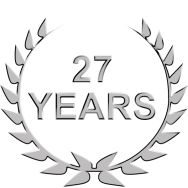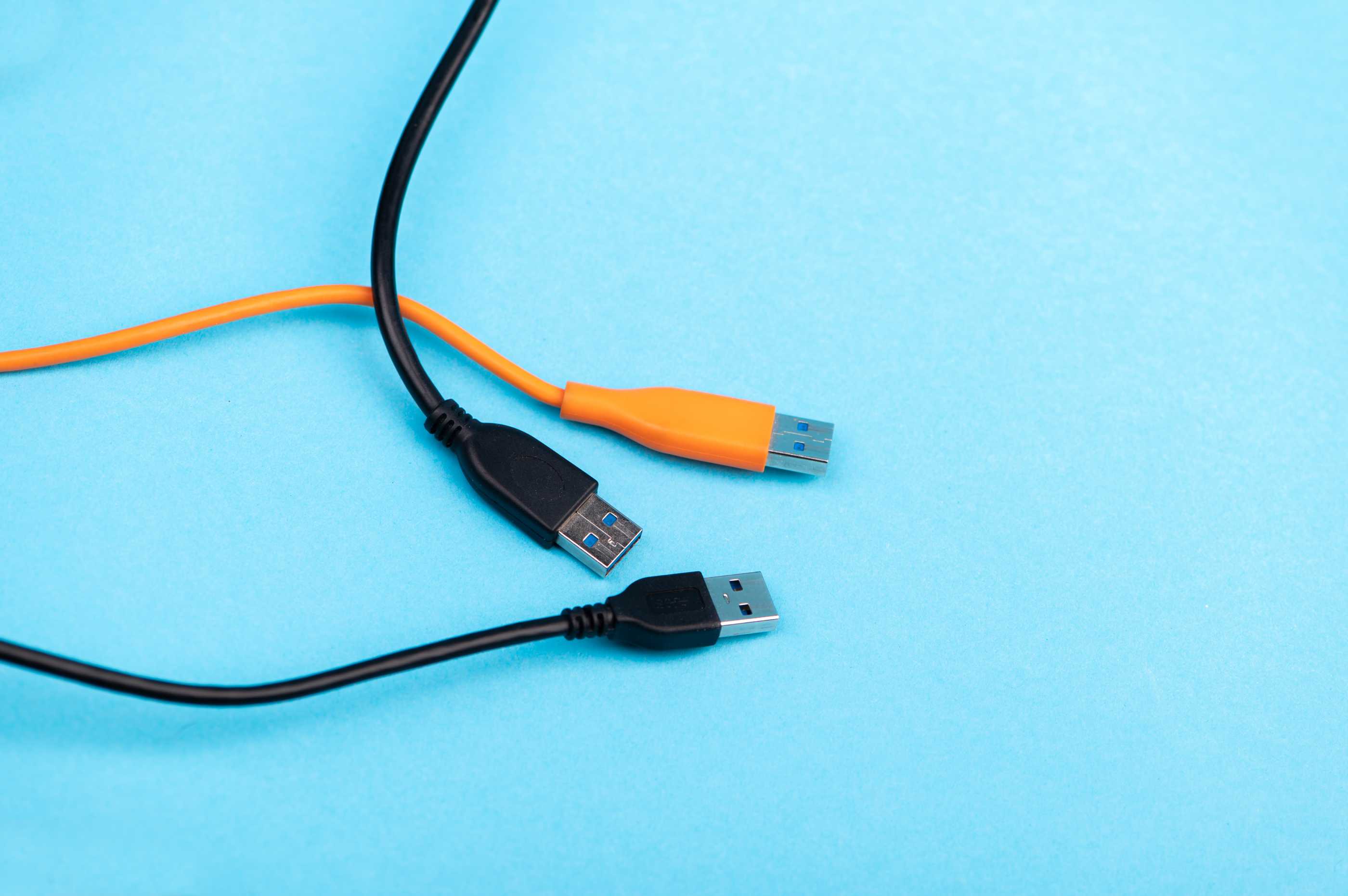What USB cable do I need for my device?
25th July 2025
USB cable is right for the port on your device?
USB (Universal Serial Bus) ports are probably the most common port type that most devices will have. First developed in 1996, these cables are designed to transfer digital data and charge to various electronic devices.
Over the years, there have been many iterations, and it depends on what device you have as to what USB cable you need. To go over each one and what products they are compatible with would be more content than we can cover in one article – if you’re using a niche or outdated bit of tech, we recommend referencing the manual or searching online for the right cable.
However, we will quickly go over the most common types of USB used today, so when you seek out a new product, you know what additional adapters or cables you might need:
USB Type-A: this rectangular shaped port should be familiar to most of us – there have been different versions cable of faster speeds over the years, but Type-A has been used on a range of devices.
PCs and laptops, monitors, televisions, game consoles and other devices all use these ports for data transfer, charging and other connecting to other devices. For example, your computer may use these ports to connect your mouse, keyboard, headphones, monitors, or other external devices like hard drives or USB sticks – they are incredibly versatile which is why they are so popular with developers.
USB Type-C: if USB Type-A is the most common, USB Type-C is the more modern option, and the one that many developers are changing to using. With an oval shaped port, these cables are reversable, so no more fumbling around to get the cable to plug in.
They are also capable of much faster transfer speeds than the Type-A, with Type-C ports capable of double the speed of the latest Type-A port. This is because many USB Type-C devices use Thunderbolt, which is capable of higher transfer speeds (though not every Type-C port or cable is compatible with Thunderbolt).
Though some new devices that are extremely niche might use a Micro-USB or a Mini-USB, and many printers still use USB Type-B, most devices use Type A or Type C. Due to the increased level of performance, Type C is definitely the one to have plenty of spares of – if you want to keep using older versions, it may be worth seeking out cable adaptors that can accommodate!
If you’d like more information on USB ports, cables or compatible devices, please contact Interfuture Systems.
YouTube: https://youtu.be/bKX1_JL9NOA

